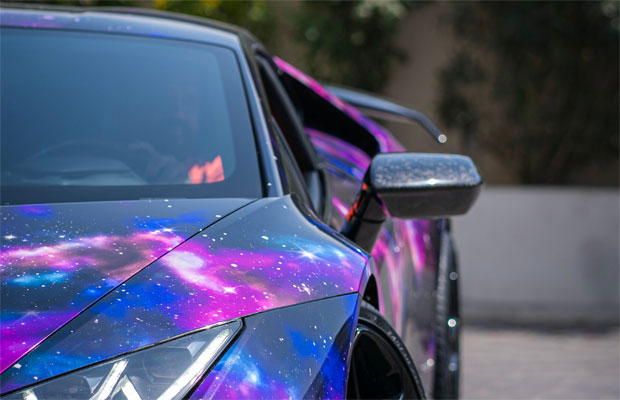A Beginner’s Guide to Vehicle Wrapping: Transforming Your Vehicle Aesthetically and Sustainably

A Beginner’s Guide to Vehicle Wrapping: Transforming Your Vehicle Aesthetically and Sustainably
In today’s dynamic business environment, finding innovative and cost-effective ways to revamp assets is crucial. Vehicle wrapping emerges as an excellent solution for those looking to refresh the look of their cars or brand a fleet of company vehicles. This guide delves into vehicle wrapping, its various types, the process involved, and its advantages, offering a comprehensive overview for anyone considering this sustainable and creative option.

Understanding Vehicle Wrapping
What is Car Wrapping?
Car wrapping is a process in which vehicles are covered, entirely or partially, with a vinyl film. This technique is applied directly over the existing paintwork and provides a quick, effective method to change the vehicle’s appearance. With various colours, designs, and finishes (gloss or matte), vehicle wrapping offers a versatile alternative to traditional vehicle resprays.
- Colour Change Wraps: These wraps are used for complete colour changes or partial modifications, like wrapping just the roof, spoilers, or mirrors.
- Bespoke Designs: Ideal for personalization or branding, custom wraps can display anything from personal artwork to business logos, making them popular for company cars or event promotion.
- Detailing Wraps: Used for subtle modifications like dechroming for a sleek look or adding sporty pin-striping.
- Paint Protection: Beyond aesthetics, wraps protect the paintwork using materials like satin clear vinyl.
While seeming straightforward, car wrapping is highly technical and best left to professionals. The process involves careful vehicle measurements, colour and finish selection, and meticulous application. Vehicles need thorough cleaning and preparation, including debris removal from under the bonnet, door seals, and wheel arches. Hardware like mirrors and door handles may also require removal for a neat finish. The wrapping can take around two days, with additional time for the finish to settle.

Advantages of Car Wrapping
Vehicle wrapping offers several benefits:
- Cost-Effectiveness: It’s generally less expensive than a complete vehicle respray.
- Non-Permanence: Ideal for those who value flexibility, as wraps can be changed or removed without affecting the original paintwork.
- Protection: Wraps add a scratch and UV-resistant coating layer, protecting the paintwork beneath.
- Business Branding: A practical advertising tool, vehicle wraps can showcase your brand on the move.
Vehicle wrapping is a sustainable, creative, and financially sensible choice for personalizing or branding vehicles. It’s an eco-friendly alternative to traditional methods, offering versatility and protection while serving as a mobile advertising medium. This guide aims to clearly understand vehicle wrapping, its process, and its benefits, encouraging informed decisions in vehicle aesthetics and branding.
Guest Article.




